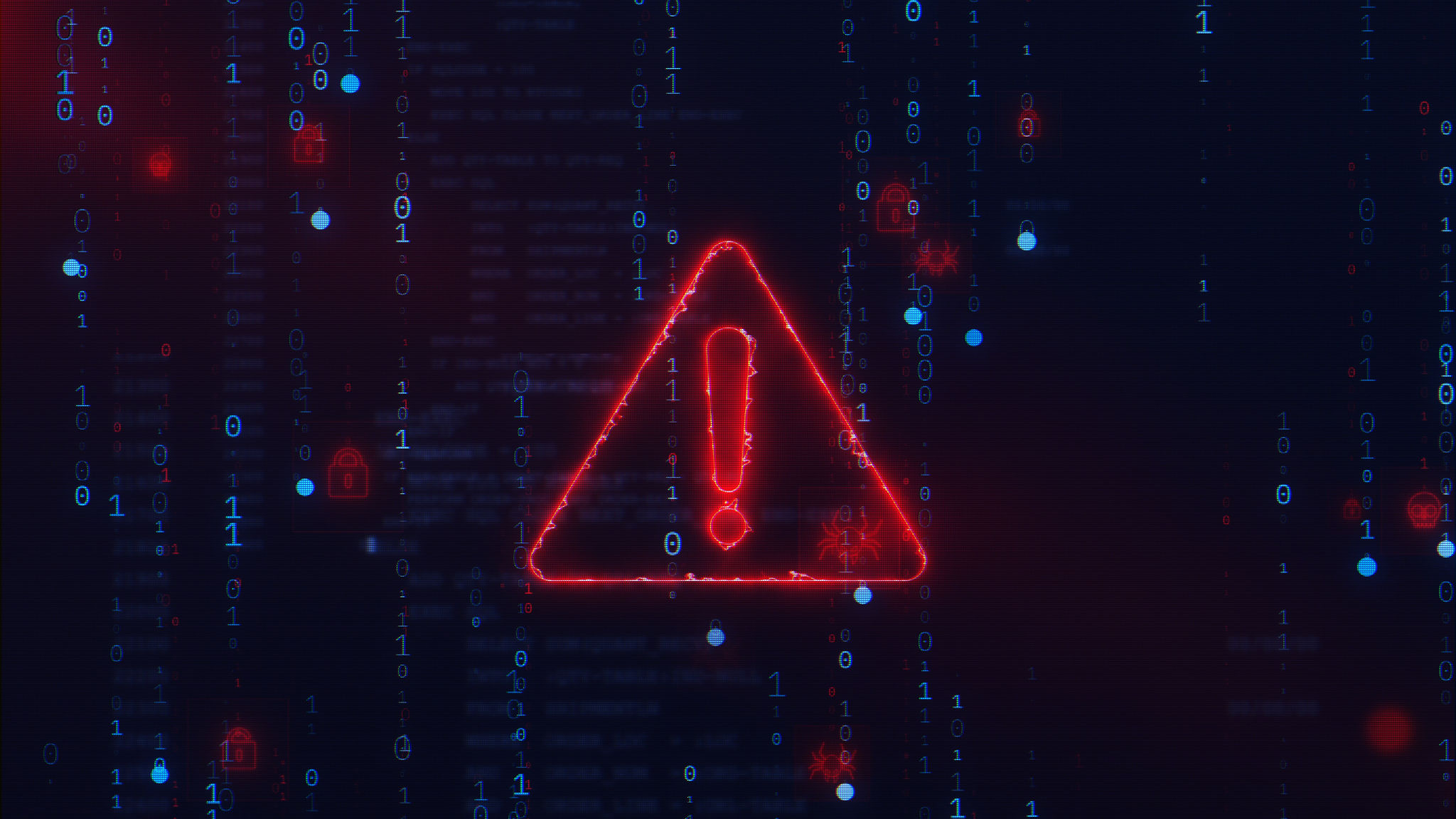Preparing Your Business for Seasonal Cybersecurity Threats
Understanding Seasonal Cybersecurity Threats
As businesses gear up for peak seasons, they often focus on increased sales and customer engagement. However, amidst the hustle and bustle, one critical aspect that must not be overlooked is cybersecurity. Seasonal cybersecurity threats are a real concern, especially during times when online activity surges. Cybercriminals are well aware of these peak periods and often ramp up their efforts to exploit vulnerabilities.
Understanding the nature of these threats is the first step in preparing your business. They range from phishing scams targeting seasonal promotions to sophisticated DDoS attacks aimed at crippling your online operations. As businesses become more reliant on digital platforms, ensuring robust cybersecurity measures is no longer optional—it's essential.

Identifying Vulnerable Areas
Every business has unique vulnerabilities, and identifying them is crucial for effective cybersecurity planning. Start by assessing your current security measures and pinpointing any weaknesses. Common areas of vulnerability include outdated software, unsecured networks, and inadequately trained staff.
Conducting a thorough risk assessment will help in understanding where your business stands. Once you have identified these weak points, prioritize them based on potential impact and likelihood of exploitation. This approach allows for targeted improvements in your cybersecurity strategy.

Implementing Robust Security Measures
Once vulnerabilities are identified, the next step is to implement robust security measures. This can include updating software regularly to patch any known vulnerabilities, using firewalls to protect against unauthorized access, and employing encryption to secure sensitive data.
- Regular Software Updates: Ensure that all systems are up-to-date with the latest security patches.
- Firewalls and Antivirus Software: Use these tools to create a strong defense against cyber threats.
- Data Encryption: Protect sensitive information by encrypting data both in transit and at rest.
Additionally, consider implementing multi-factor authentication (MFA) for added security. By requiring multiple forms of verification, MFA significantly reduces the risk of unauthorized access.

Training Your Team
No matter how advanced your security systems are, human error can still pose a significant risk. Therefore, training your employees on cybersecurity best practices is vital. Regular training sessions can help your team recognize phishing attempts, understand the importance of secure password management, and know how to report suspicious activity.
Create a culture of cybersecurity awareness within your organization. Encourage open communication about potential threats and provide clear guidelines on what actions to take in case of a suspected breach. This proactive approach can greatly reduce the risk of successful cyberattacks.
Monitoring and Response
Continuous monitoring of your systems is essential to detect and respond to threats in real-time. Utilize tools that provide alerts for unusual activities or unauthorized access attempts. Having an incident response plan in place ensures that your team is prepared to act swiftly in the event of a breach.
- Real-Time Monitoring: Use monitoring tools to keep an eye on network activity continuously.
- Incident Response Plan: Develop a clear plan outlining steps to take when a security incident occurs.
By having these measures in place, your business can minimize downtime and mitigate the potential damage caused by cyberattacks during peak seasons.

Conclusion
Preparing your business for seasonal cybersecurity threats is not just about technology—it's about creating a comprehensive strategy encompassing awareness, prevention, and response. By staying vigilant and proactive, you can protect your business from the ever-evolving landscape of cyber threats and ensure that peak seasons remain profitable and secure.
